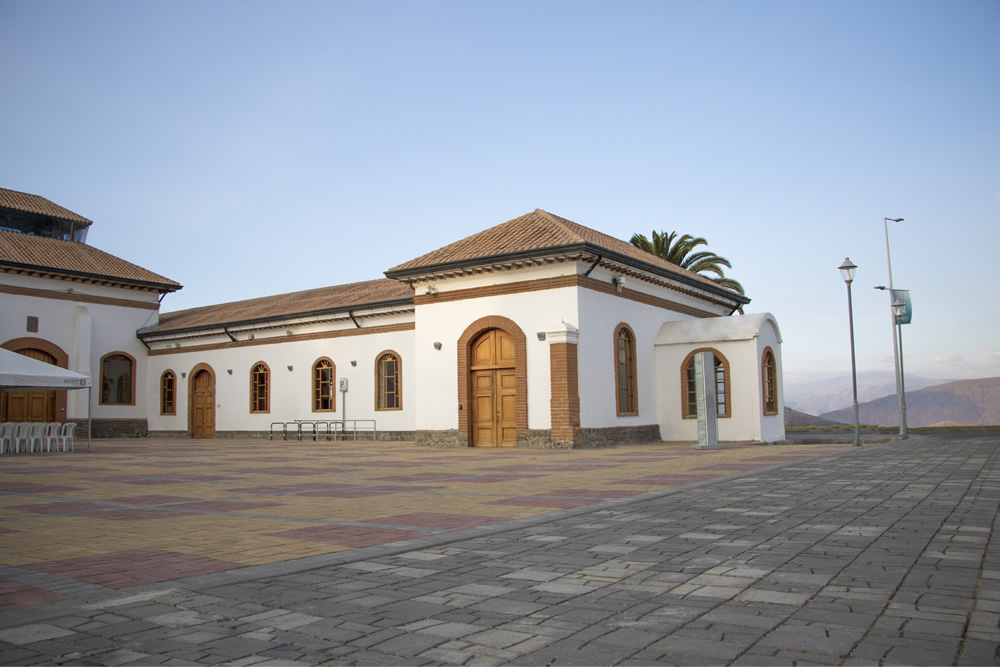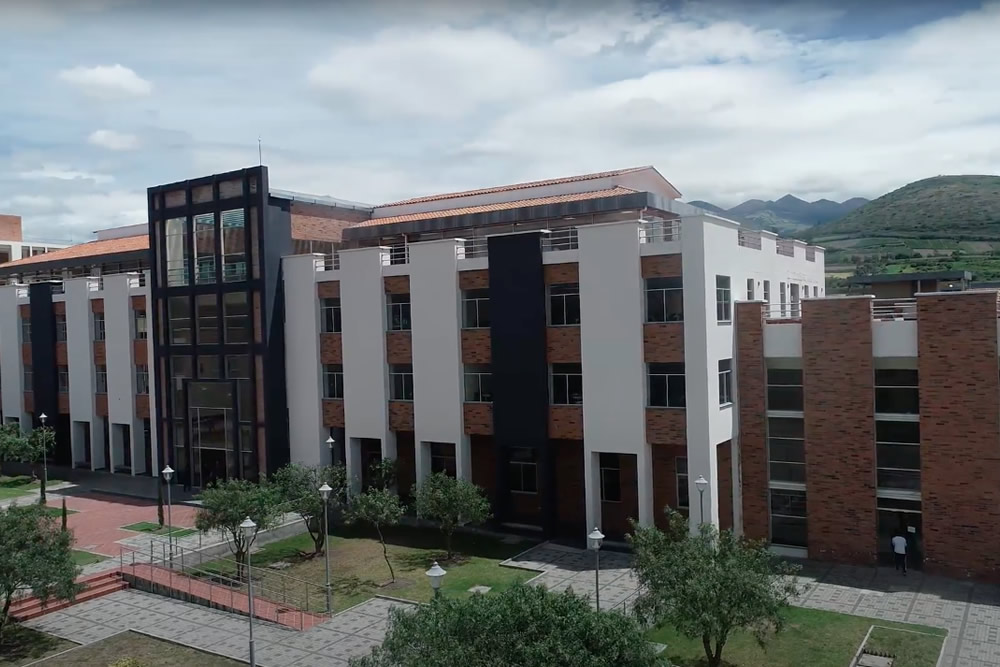Preparation And Ch aracterization Of Modified-Cellulose Samples Obtained From Biomass For Potential Use In The Toxic Metal Removal./ Dayana Nathaly Saquinga Tirado ; tutor Floralba Aggeny López González
Tipo de material: TextoIdioma: Inglés Idioma del resumen: Español Fecha de copyright: Urcuquí, 2020Descripción: 77 hojas : ilustraciones (algunas a color) ; 30 cm + 1 CD-ROMTema(s): Recursos en línea: Nota de disertación: Trabajo de integración curricular (QUÍMICO/A.). Universidad de Investigación de Tecnología Experimental Yachay. Urcuquí, 2020 Resumen: Roses are a product that is found in large quantities in Ecuador, their stems are considered an agricultural waste, whose potential has not been harnessed. To add value to these wastes, cellulose is extracted from them, in order to manufacture low cost and environmentally friendly adsorbents for the Ni(II) removal. Once rose stems were recollected, washed, grounded and sieving two different extraction methods were applied, the first under a basic condition and the second using an acidic one, obtaining CRT and CRA2, respectively. The sample chosen for conducting deeper analyzes was CRA2, which was acetylated in the extraction process. Different characterization techniques were applied to the obtained solids such as FT-IR, SEM, 13C NMR, TGA, XRD, and XPS. The different analyses showed that small amounts of lignin and hemicellulose have not been completely removed in both samples as well as the esterification of CRA2 was confirmed. The subsequent chemical modification using thiourea generated the CRA2F sample, which was corroborated by characterization analyses. In addition, the adsorption tests were carried out varying the mass of the adsorbent and keeping constant the amount of Ni(II) in solution. The quantification of nickel in solution required the formation of a soluble Ni(IV) complex with dimethylglyoxime (dmgH2), in order to obtain low detection limits allowing nickel concentration to be measured by UV-Vis spectroscopy. Finally, the models of Langmuir and Freundlich were fitted to the obtained data for the nickel adsorption on CRA2 and CRA2F samples, resulting in a better fit for the Freundlich model. However, according to XPS analyses, it has not been ruled out that chemisorption is occurring on the surface of extracted and modified cellulose samples.
TextoIdioma: Inglés Idioma del resumen: Español Fecha de copyright: Urcuquí, 2020Descripción: 77 hojas : ilustraciones (algunas a color) ; 30 cm + 1 CD-ROMTema(s): Recursos en línea: Nota de disertación: Trabajo de integración curricular (QUÍMICO/A.). Universidad de Investigación de Tecnología Experimental Yachay. Urcuquí, 2020 Resumen: Roses are a product that is found in large quantities in Ecuador, their stems are considered an agricultural waste, whose potential has not been harnessed. To add value to these wastes, cellulose is extracted from them, in order to manufacture low cost and environmentally friendly adsorbents for the Ni(II) removal. Once rose stems were recollected, washed, grounded and sieving two different extraction methods were applied, the first under a basic condition and the second using an acidic one, obtaining CRT and CRA2, respectively. The sample chosen for conducting deeper analyzes was CRA2, which was acetylated in the extraction process. Different characterization techniques were applied to the obtained solids such as FT-IR, SEM, 13C NMR, TGA, XRD, and XPS. The different analyses showed that small amounts of lignin and hemicellulose have not been completely removed in both samples as well as the esterification of CRA2 was confirmed. The subsequent chemical modification using thiourea generated the CRA2F sample, which was corroborated by characterization analyses. In addition, the adsorption tests were carried out varying the mass of the adsorbent and keeping constant the amount of Ni(II) in solution. The quantification of nickel in solution required the formation of a soluble Ni(IV) complex with dimethylglyoxime (dmgH2), in order to obtain low detection limits allowing nickel concentration to be measured by UV-Vis spectroscopy. Finally, the models of Langmuir and Freundlich were fitted to the obtained data for the nickel adsorption on CRA2 and CRA2F samples, resulting in a better fit for the Freundlich model. However, according to XPS analyses, it has not been ruled out that chemisorption is occurring on the surface of extracted and modified cellulose samples.
| Tipo de ítem | Biblioteca actual | Signatura | Copia número | Estado | Fecha de vencimiento | Código de barras | Reserva de ítems | |
|---|---|---|---|---|---|---|---|---|
 Tesis
Tesis
|
Biblioteca Yachay Tech | ECQI0024 (Navegar estantería(Abre debajo)) | 1 | No para préstamo | T000158 |
Trabajo de integración curricular (QUÍMICO/A.). Universidad de Investigación de Tecnología Experimental Yachay. Urcuquí, 2020
Incluye referencias bibliográficas (páginas 71|-77)
Trabajo de integración curricular con acceso abierto
Texto (Hypertexto links)
Roses are a product that is found in large quantities in Ecuador, their stems are considered an agricultural waste, whose potential has not been harnessed. To add value to these wastes, cellulose is extracted from them, in order to manufacture low cost and environmentally friendly adsorbents for the Ni(II) removal. Once rose stems were recollected, washed, grounded and sieving two different extraction methods were applied, the first under a basic condition and the second using an acidic one, obtaining CRT and CRA2, respectively. The sample chosen for conducting deeper analyzes was CRA2, which was acetylated in the extraction process. Different characterization techniques were applied to the obtained solids such as FT-IR, SEM, 13C NMR, TGA, XRD, and XPS. The different analyses showed that small amounts of lignin and hemicellulose have not been completely removed in both samples as well as the esterification of CRA2 was confirmed. The subsequent chemical modification using thiourea generated the CRA2F sample, which was corroborated by characterization analyses. In addition, the adsorption tests were carried out varying the mass of the adsorbent and keeping constant the amount of Ni(II) in solution. The quantification of nickel in solution required the formation of a soluble Ni(IV) complex with dimethylglyoxime (dmgH2), in order to obtain low detection limits allowing nickel concentration to be measured by UV-Vis spectroscopy. Finally, the models of Langmuir and Freundlich were fitted to the obtained data for the nickel adsorption on CRA2 and CRA2F samples, resulting in a better fit for the Freundlich model. However, according to XPS analyses, it has not been ruled out that chemisorption is occurring on the surface of extracted and modified cellulose samples.
Textos en inglés con resúmenes en español e inglés
No hay comentarios en este titulo.



